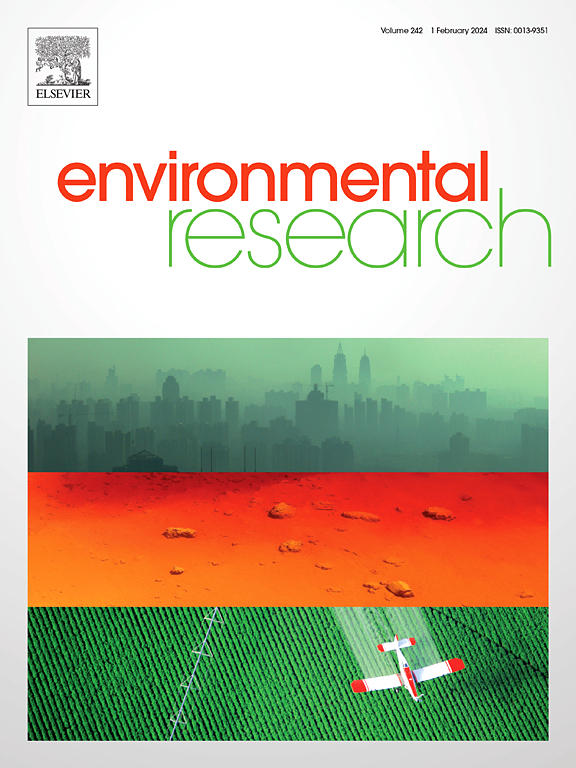EPS-mediated coupling between birnessite and degradation bacteria enhances phenanthrene removal
IF 7.7
2区 环境科学与生态学
Q1 ENVIRONMENTAL SCIENCES
引用次数: 0
Abstract
Phenanthrene (PHE) serves as a representative polycyclic aromatic hydrocarbon (PAH) that poses a significant risk to ecosystems and human health owing to its persistence and biotoxicity. A novel bio-mineral system was developed by integrating natural birnessite with the PHE-degrading strain Novosphingobium sp. HDJX-2 to address the need for effective remediation, which achieved the complete degradation of PHE within 72 h. The mechanistic analysis demonstrated that the enhanced degradation efficiency resulted from multidimensional synergism between minerals and microbes. The metabolic activity of HDJX-2 modified the microstructure of birnessite and increased its active sites, whereas birnessite simultaneously stimulated cellular activity and markedly promoted the secretion of bound extracellular polymeric substances (B-EPS). Additionally, birnessite induced the expression of more hydrophobic proteins, thereby enhancing the recognition and binding capacity of EPS for hydrophobic PHE molecules. This structural modification was accompanied by increased glucose (Glc) and glucosamine (GalN) contents, which reduced microbial aggregation and improved cell dispersion, facilitating pollutant accessibility and metabolism. Furthermore, the phenolic compounds in EPS were involved in synergistic coupling with birnessite. This contributed to the formation of high-molecular-weight, highly aromatic, and highly unsaturated polymeric products, further enhancing the PHE adsorption, enrichment, and catalytic degradation. This study offers theoretical support and practical framework for the development of efficient and sustainable PAH remediation strategies.

绿璧石与降解细菌之间的ps介导偶联增强了菲的去除。
菲(PHE)是一种典型的多环芳烃(PAH),由于其持久性和生物毒性,对生态系统和人类健康构成重大风险。为解决PHE降解菌Novosphingobium sp. HDJX-2对天然碧石矿的有效修复需求,构建了一种新型生物矿物系统,该系统在72 h内实现了PHE的完全降解。机理分析表明,降解效率的提高是矿物与微生物之间的多方面协同作用的结果。HDJX-2的代谢活性改变了birnessite的微观结构,增加了birnessite的活性位点,而birnessite同时刺激了细胞活性,并显著促进了结合的细胞外聚合物(binding extracellular polymeric substances, B-EPS)的分泌。此外,水晶石诱导了更多疏水蛋白的表达,从而增强了EPS对疏水PHE分子的识别和结合能力。这种结构修饰伴随着葡萄糖(Glc)和氨基葡萄糖(GalN)含量的增加,减少了微生物聚集,改善了细胞分散,促进了污染物的可及性和代谢。此外,EPS中的酚类化合物还参与了与璧石矿的协同偶联。这有助于形成高分子量、高芳香和高不饱和的聚合物产物,进一步增强PHE的吸附、富集和催化降解。本研究为制定高效、可持续的多环芳烃修复策略提供了理论支持和实践框架。
本文章由计算机程序翻译,如有差异,请以英文原文为准。
求助全文
约1分钟内获得全文
求助全文
来源期刊

Environmental Research
环境科学-公共卫生、环境卫生与职业卫生
CiteScore
12.60
自引率
8.40%
发文量
2480
审稿时长
4.7 months
期刊介绍:
The Environmental Research journal presents a broad range of interdisciplinary research, focused on addressing worldwide environmental concerns and featuring innovative findings. Our publication strives to explore relevant anthropogenic issues across various environmental sectors, showcasing practical applications in real-life settings.
 求助内容:
求助内容: 应助结果提醒方式:
应助结果提醒方式:


